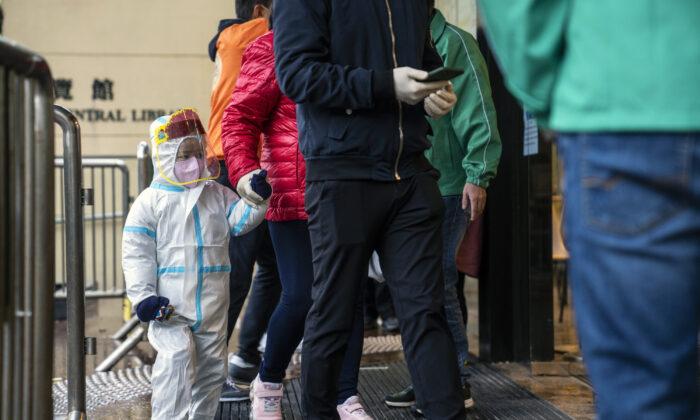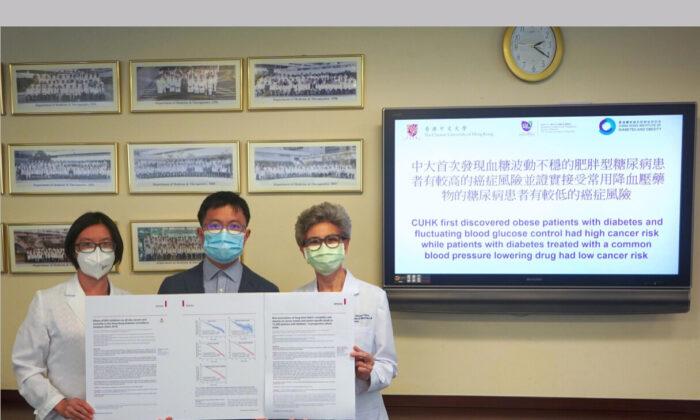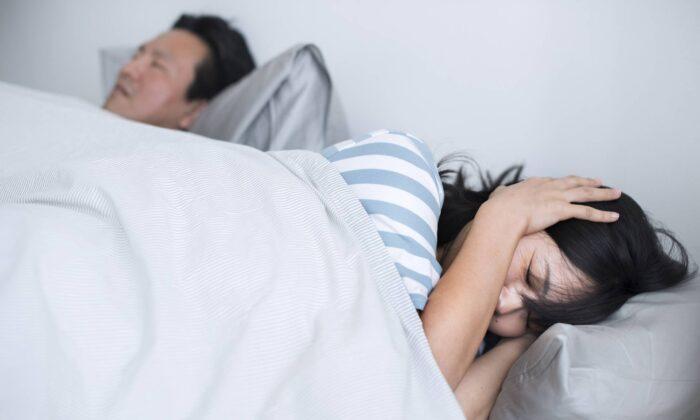Hong Kong is currently experiencing its fifth wave of a COVID-19 outbreak. About 150,000 children and young people aged 19 and below are infected with the disease, some of whom have developed severe symptoms.
Furthermore, a study by Princess Margaret Hospital in Hong Kong found that nearly 300 children developed long COVID or post-COVID conditions. A young girl reportedly experienced temporary blindness and hair loss.
Long COVID or post-COVID conditions (PCC) refer to the situation in which individuals who have been infected with COVID-19 experience long-term effects from their infection, according to the U.S. Centers for Disease Control and Prevention (CDC). Some of its other names include long-haul COVID, post-acute COVID-19, post-acute sequelae of SARS CoV-2 infection (PASC), long-term effects of COVID, and chronic COVID.
Common symptoms of long COVID include headache, insomnia, fatigue, cognitive dysfunction, and poor memory, according to Dr. Yat-Wah Kwan, a pediatric infectious disease expert at Princess Margaret Hospital.
Children With Severe Symptoms
The Hong Kong Hospital Authority (HA) has recently announced several severe COVID cases among young children and teenagers.According to the statement, a boy aged 2 years and 3 months, who had symptoms of croup after diagnosis, has been hospitalized in the Pediatric Intensive Care Unit (PICU) since Aug. 12. A girl, aged 5 years and 9 months, developed symptoms of acute necrotizing encephalitis after diagnosis and is currently hospitalized in the PICU of Tuen Mun Hospital in critical condition.
Long COVID Among Children
A study by Princess Margaret Hospital of 288 diagnosed children shows that other than croup, 19 percent had at least one symptom of long COVID, and 5 percent had three or more symptoms—the most common being memory loss, cognitive dysfunction, and insomnia. Some also developed eczema, urticaria, and hair loss.A girl aged 8, who had recovered from COVID, had been experiencing temporary blindness once or twice a day for about 10 to 30 seconds each time, according to Kwan. He added that this is the first reported Hong Kong case of temporary blindness linked to long COVID, and the cause is unknown.
Many other children also experienced hair loss after recovery, with some losing two-thirds of their hair and no new growth months later.
The study found that nearly 60 children developed multiple system inflammatory syndrome (MIS-C) after diagnosis, more than half of which required intensive treatment. Studies have found that the condition can have long-term effects on organs, with MIS-C patients suffering from inflammation of multiple organs, fever, “strawberry tongue,” and rash.
Kwan reminded parents to take their children to the hospital immediately if they noticed any similar symptoms, including dyspnea or mental retardation. He stressed that prompt treatment could prevent sequelae, but late hospitalization could lead to hypoxia in the brain and related sequelae.
He advised children with long COVID to get regular sleep, exercise, eat more vegetables, and have a balanced diet, adding that antioxidants in food may help reduce symptoms.




